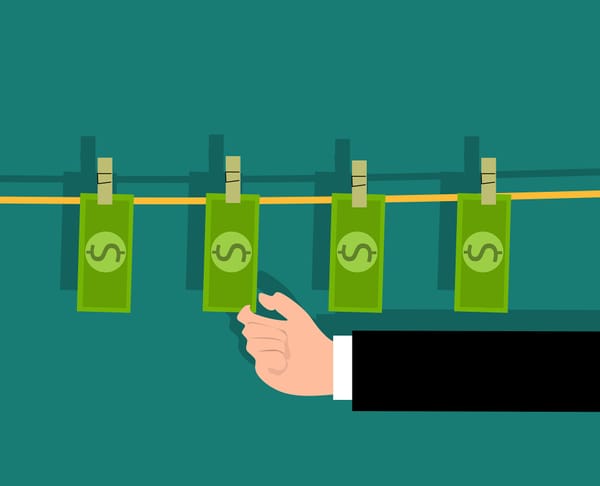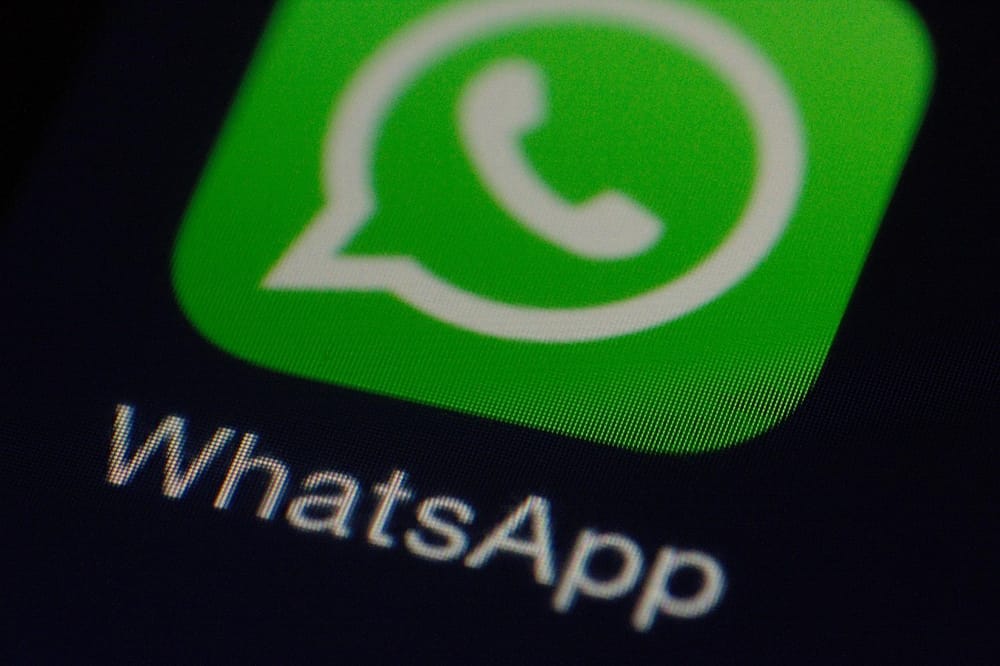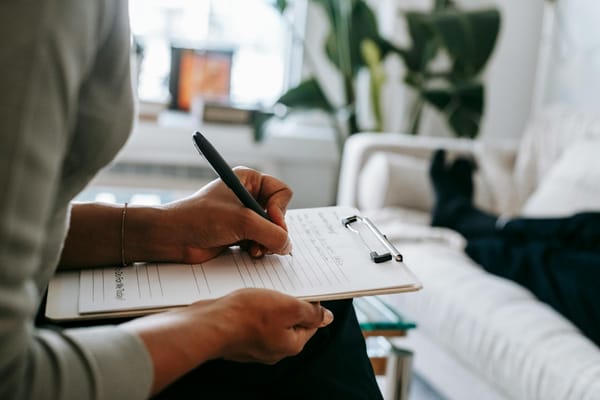How Scammers Use Fake Checks — and Why You Could Lose Money Even When It Feels Like You're Being Paid

Even though fewer people are using checks nowadays, check fraud has nearly doubled recently.
So, why are fake checks suddenly back in fashion at a time when checks themselves are fading away? The simple answer is: opportunity. Creating fake checks is an easy, low-tech crime, and many people and businesses remain vulnerable.
At first glance, these checks might seem completely real, but a closer look often reveals issues like insufficient funds, wrong details, or clear signs of tampering.
Knowing how to spot a fake check helps you prevent financial losses, whether you're running a business or handling personal finances. This means learning to recognize security features on checks, having clear rules for accepting them and training your team to catch potential scams.
How Scammers Use Fake Checks in Their Scams
Scammers take advantage of the trust many people have in cashier's checks and official bank checks, knowing these methods usually feel safe and secure. With today's sophisticated printing techniques, criminals can quickly produce counterfeit checks that look extremely authentic—so convincing, in fact, that even experienced bank employees can be fooled.
Typically, the scam unfolds when a fraudster asks you to deposit or cash the fake check they've provided. Once you've deposited it, they'll urgently request that you send some or all of the money back to them or to another person who might be working with them before your bank has the chance to verify the check's authenticity. They may ask for this repayment via cash, personal checks, gift cards, prepaid cards, wire transfers, ACH payments, or peer-to-peer payment apps.
By the time your bank identifies the check as fraudulent—which could take days or even weeks—you've already sent real money to the scammer. Unfortunately, you'll usually be responsible for reimbursing your bank for the full amount of the fake check.
No Check Format Is Immune to Fraud
Scammers use whatever works to gain your trust. Whether it's a personal check, a cashier's check, or even a money order, fraudsters have found ways to fake them all.
- Personal checks are commonly used in everyday transactions, which makes them easy for scammers to exploit. They can steal blank checks, forge signatures, or alter amounts to get access to your money.
- Cashier's checks may seem more trustworthy because they're issued by a bank and guaranteed by its funds. But that's exactly why scammers fake them—they look official and are often assumed to be safe without question.
- Money orders are often used for smaller transactions and can feel more secure than handing over cash. But counterfeit money orders can be just as convincing as fake checks, and once you've sent money in return, it's almost impossible to get it back.
No matter how official a check may look, it's always worth taking a moment to verify it. Scammers count on you letting your guard down—and even a single mistake can be costly.
Types of Fake Checks
Fake checks generally fall into three main categories: counterfeit, altered, and fraudulent.
Counterfeit Checks
Counterfeit checks are physical fakes designed to closely resemble real checks. Fraudsters use advanced printing techniques to create these replicas, but they often contain noticeable flaws, such as blurred text, unusual fonts, or poor-quality paper. They typically lack security features like watermarks, color-changing ink, or embedded threads found in real checks.
Altered Checks
Altered checks are originally genuine checks that scammers have modified. These modifications can include changes to the payee's name or adjustments to the check amount. T
Common scenarios involving altered checks include:
1. Someone steals a genuine check, alters the payee's name, and either cash or deposits it into their own account.
2. The legitimate payee changes the check amount to receive a higher payout.
3. Fraudsters make adjustments, such as adding zeros, to significantly increase the check amount.
Fraudulent Checks
Fraudulent checks are created using stolen or fabricated information. These checks may involve entirely fake accounts or stolen checkbooks.
Common types of fraudulent check schemes include:
1. Issuing bad checks: This occurs when someone writes a check knowing that there are insufficient funds in the account to cover it.
2. Forging signatures: In this case, a thief steals a checkbook and signs checks, pretending to be the account holder.
3. Identity theft: Fraudsters open accounts using another person's identity and use the checks linked to those accounts to commit fraud.
Related: What Is Business Identity Theft and How to Protect Your Business
How to Verify a Check: 10 Things to Look For
Here are ten features you should inspect carefully:
- Perforations. Real checks usually have evenly spaced perforations along the edges that tear neatly. Fake checks often lack these or have uneven perforations, causing jagged edges when torn.
- Check Number. The check number is one of the quickest ways to verify if a check is genuine—here's what to look out for. Genuine checks have numbers that run in a logical order, so be cautious if you see numbers that are out of sequence, repeated, or positioned incorrectly. Typically, you'll find the check number clearly printed in the upper right corner. If it's placed somewhere else, that's a red flag. Also, while low check numbers aren't always suspicious, they could indicate a recently opened account, especially if the account is under a year old. Be extra careful with personal checks numbered in the low hundreds or business checks in the low thousands, as these can sometimes be riskier.
- Routing Number. Each check contains a nine-digit routing number located at the bottom left corner. This number uniquely identifies the financial institution involved in the transaction. It helps ensure smooth fund routing and automated processing through systems such as the Automated Clearing House (ACH). You can use the routing number to verify the authenticity of the check by confirming that it matches the bank that issued it.
- Visual Appearance. Be cautious of checks with blurry text, unusual stains, vague memo lines, or poor-quality paper. Such issues often indicate tampering or counterfeit checks.
- Check Details. Common signs of fake checks include:
- Missing or unauthorized signatures
- Spelling mistakes or missing address details
- Incorrect account numbers
- Mismatched amounts (numbers vs. words)
- Missing bank logos
- Suspicious notes like "void" or "non-negotiable"
6. Watermarks. Real checks typically have faint watermarks embedded in the paper. Hold the check against a light source to spot these subtle markings—fake checks usually miss this security feature.
- Security Threads. Genuine checks have security threads and thin metallic strips woven into the paper. Hold the check up to the light and look for a clear, continuous thread that may shift slightly in color as you move it around. Fake checks often lack these or have poorly made imitations.
- Holograms. Many real checks include holograms—complex, three-dimensional images that shift colors or patterns when tilted. Check carefully under good lighting; legitimate holograms move smoothly, while fakes often appear flat or static.
- Special Inks. Real checks often use special inks that change color under different lighting angles. Take a close look and gently tilt the check to see if the ink colors shift or show consistent vibrancy. Counterfeit checks typically won't replicate this accurately.
- Magnetic Ink Character Recognition (MICR) Line. The MICR line is at the bottom of real checks and contains magnetic ink to facilitate processing. This line includes the routing number, account number, and check number, which should align accurately with the number displayed on the check. Any disparities may indicate a fake check. Make sure the MICR line is crisp, clear, and accurately matches other printed details.
Related: 7 Types of Credit Card Fraud & How Your Businesses Can Avoid Them
What to Do If You Spot a Fake Check
If you suspect a check is fraudulent, take these immediate actions:
- Stop All Transactions: Don't deposit or cash the suspected check.
- Contact the Issuing Bank: Call the bank listed on the check using an official number to confirm whether the check is legitimate.
- Document Everything: Write down important details—payer information, amount, and check specifics—for future reference.
- Alert Your Bank: Inform your bank immediately and provide them with detailed information.
- Notify Authorities: Report the incident to local law enforcement, providing all relevant details.
- Warn Others: Inform other businesses or individuals in your community to help prevent further fraud.
Creating a clear check-acceptance policy can go a long way in protecting your business from fraud. Make sure your team knows exactly what to look for when verifying checks, and stick to these guidelines every single time.
To add another layer of protection, you might also want to check out Bitdefender Ultimate Small Business Security. While it won't verify checks for you, it does help safeguard your online information, alerting you right away if someone misuses your data and blocking phishing emails and scam attempts before they can cause damage. It's all about staying ahead of scammers, both online and offline.
Check out our plans for small businesses.
tags
Author
Cristina is a freelance writer and a mother of two living in Denmark. Her 15 years experience in communication includes developing content for tv, online, mobile apps, and a chatbot.
View all postsRight now Top posts
How to Protect Your WhatsApp from Hackers and Scammers – 8 Key Settings and Best Practices
April 03, 2025
Outpacing Cyberthreats: Bitdefender Together with Scuderia Ferrari HP in 2025
March 12, 2025
Streamjacking Scams On YouTube Leverage CS2 Pro Player Championships to Defraud Gamers
February 20, 2025
How to Identify and Protect Yourself from Gaming Laptop Scams
February 11, 2025
FOLLOW US ON SOCIAL MEDIA
You might also like
Bookmarks






